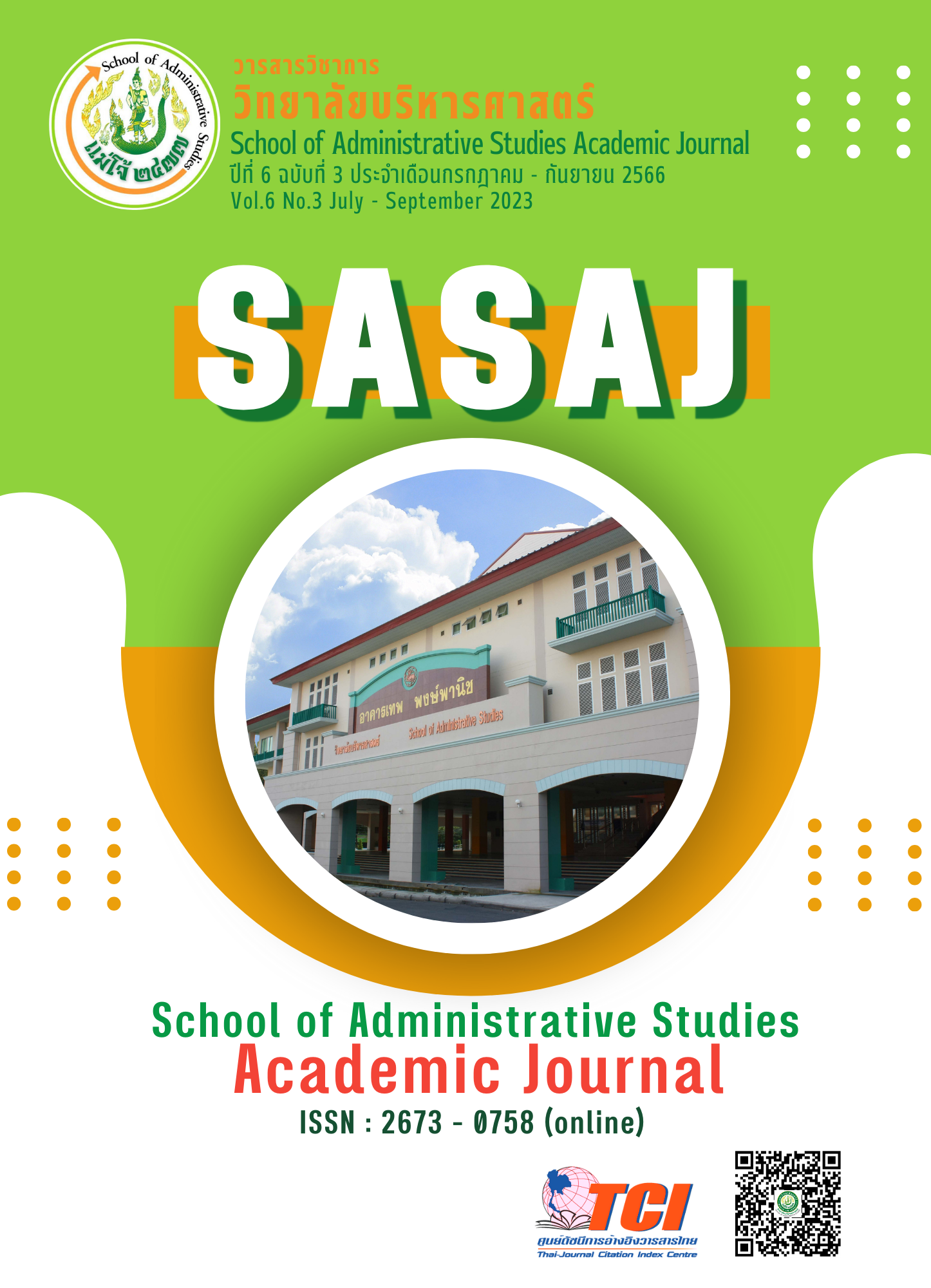Investigation on the Development of Hani Livelihood Strategies: A Case Study of Mengsong Community in Xishuangbanna, Yunnan, the People’s Republic of China
Main Article Content
บทคัดย่อ
The livelihood of ethnic minority in China is still heavy depended on natural resource rather than migration, which is the choice of the majority. This research studied the livelihood of Hani ethnic minority in Mengsong community of Xishuangbanna (XSBN) who joyed Pu’er tea booming to earn their main income from tea. Through random sampling and household survey by a quality tested questionnaire of 222 households, in-depth interview with 15 key informants, focus group discussion as well as participatory observation.
The researcher found that the livelihoods of Hani ethinc minority have been transformed by the intensification of tea production. Households have expanded all swidden lands and hired dense labors for their tea production. They also invested in kinds of tea equipment and built their social access to tea market. Except the tea income Hani households also gained non-farming and other farming incomes, which indicates a diversification strategy was also actively adopted by Hani households as the supplement. The Hani livelihoods showed an upward trend in tea intensification and active diversification. However, a new trend of passive diversification with the tea market fluctuation under the negative impact of COVID-19 has emerged. Hani households had to withdraw their labor input from tea and shift to other farming for risk release. To deal with this downward crisis, the researcher suggests government policy should put efforts on the improvement of tea value, promote cash crops, and attract labors to the tea area for further development. The researcher also highlights market entitlement in livelihood asset access, which has the high potential for future livelihood study in upland minorities of China.
Article Details

อนุญาตภายใต้เงื่อนไข Creative Commons Attribution-NonCommercial-NoDerivatives 4.0 International License.
ลิขสิทธิ์
เอกสารอ้างอิง
Chambers, R. & Conway, G. R. (1992). Sustainable rural livelihoods: Practical concepts for the 21st century, IDS Discussion Paper 296. Brighton: Institute of Development Studies.
Chinese Statistics Bureau. (2019). The population of China. Retrieved from http://data.stats.gov.cn/tjsi/
Department for International Development (DFID). (2000). Sustainable livelihoods guidance sheets. Retrieved from https://www.livelihoods.org/info/info_guidancesheets.htm
Ellis, F. (1998). Household strategies and rural livelihood diversification. The Journal of Development Studies, 35(1), 1-38.
Jin, S., Min, S., Huang, J., & Waibel, H. (2021). Falling price induced diversification strategies and rural inequality: Evidence of smallholder rubber farmers. World Development, 146(2021), 150604. https://doi.org/10.1016/j.worlddev.2021.105604
Li, X., Lin, X. & Xu, J. (2022). The resilience of smallholders: a constructed representation of interactions between individual, society and the state. Agricultural Economic, 1, 52-64.
Scoones, I. (1998). Sustainable rural livelihoods, a framework for analysis. Brighton, England: Institute of Development Studies.
Sturgeon, J. C. (2010). Governing minorities and development in Xishuangbanna, China: Akha and Dai rubber farmers as entrepreneurs. Geo Forum, 41(2), 318-328. https://doi.org/10.1016/j.geoforum.2009.10.010
Sturgeon, J. C. (2012). The cultural politics of ethnic identity in Xishuangbanna, China: Tea and rubber as “Cash Crops” and “Commodities”. Journal of Current Chinese Affairs, 41(4), 109-131. https://doi.org/10.1177/18681026120410040
Wang, J. & Wu, H. (2014). Research on relationship between market and livelihood strategy about minority mountain farmers: A case study in Southwest Yunnan. Guizhou Ethnic Studies, 2014(7), 126-129.
Wang, J. (2009). Cultural adaptation and sustainability: Political ecology of Hani people in Xishuangbanna, Southwestern China (Doctoral dissertation). University of California, Riverside, CA.
Wu, H., Wang, J., & Ding, S. (2015). Dynamic Evolution of Livelihood of Minority Farmers in Poor Mountainous Areas -- A Case Study of Southwest Yunnan. Journal of South-Central University for Nationalities (Humanities and Social Sciences), 2015(1), 120-124.
Xu, J. (1990). Hani agroecosystem analysis (Master’s thesis). Chinese Academy of Sciences, Kunming, China.
Yamane, T. (1967). Statistics: An Introductory Analysis (2nd ed.). New York: Harper & Row.
Yan, H. & Chen, Y. (2015). Agrarian capitalization without capitalism? capitalist dynamics from above and below in China. Agrarian Change, 15(3), 366-391. https://doi.org/10.1111/joac.12121
Zhang, L. (2015). Land project impact on household welfare of Mengsong in Xishuangbanna (Master’s thesis). Yunnan University of Finance and Economics, Yunnan, China.


